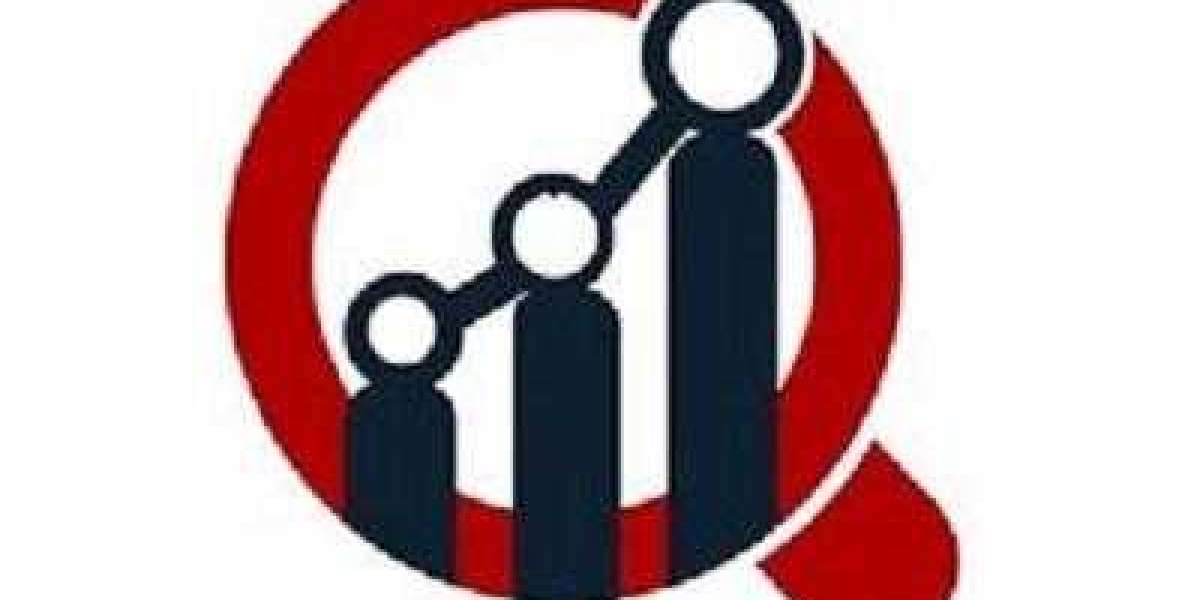Sooner or later, every vehicle on the road—whether it's a car, a truck, or a scooter—will need a repair that involves replacing a part. When this happens, as a vehicle owner in 2025, you are faced with a crucial and often confusing choice about what kind of Replacement Auto Parts to use. The decision you make can have a significant impact on your vehicle's safety, performance, longevity, and, of course, your wallet. The Indian market, in particular, is a vast landscape with a wide spectrum of quality and price. Understanding the different categories of replacement parts is the single most important step to becoming an empowered and informed car owner.
The Hierarchy of Parts: OEM vs. OES vs. Aftermarket
It's essential to understand the three main tiers of replacement parts. Let's use the example of replacing the brake pads on your car.
- OEM (Original Equipment Manufacturer):
- What it is: This is the "genuine" part, sold in the car brand's own packaging (e.g., a box with a Maruti Suzuki Genuine Parts, Tata Motors Original Parts, or Hyundai MOBIS logo). It is identical to the part your car was fitted with at the factory.
- Who Sells It: Primarily sold through the car manufacturer's authorized dealership and service center network.
- Pros:
- Guaranteed Quality: It is the exact same part, with the same materials and specifications, as the one your car was built with.
- Guaranteed Fit: It will fit perfectly, every time.
- Warranty: Often required to keep your new car's warranty valid.
- Cons:
- Cost: This is almost always the most expensive option, often by a large margin.
- OES (Original Equipment Supplier) / Original Part:
- What it is: This is the "insider's choice" and the secret to getting top quality for less. An OES part is made by the exact same company that made the genuine OEM part, but it's sold in the component manufacturer's own branded box (e.g., a Bosch box, a Lumax box, a Schaeffler box). For example, Bosch might make the alternator for Volkswagen. You can buy the "Volkswagen Genuine" (OEM) alternator from a dealer, or you can buy the "Bosch" (OES) alternator from an independent parts store or online platform. They are the same part from the same factory.
- Who Sells It: Distributed through the independent aftermarket, including parts shops and online platforms.
- Pros:
- Identical OEM Quality: You are getting the same genuine part.
- Lower Price: It is significantly cheaper than the OEM equivalent because you are not paying for the car brand's markup.
- Cons:
- Knowledge Required: It can be difficult for an average consumer to know who the OES is for a specific part on their car (though good mechanics and online platforms often know).
- Aftermarket (Independent Aftermarket or IAM):
- What it is: This is a replacement part made by a third-party company that is not the original supplier to the car manufacturer. This is a huge category with a wide quality spectrum.
- Reputable Brands: Companies like TRW, Febi Bilstein, Delphi, or many other well-known component brands produce high-quality aftermarket parts that are engineered to meet or even exceed OEM specifications. They are a safe and excellent value-for-money option.
- Unbranded/Counterfeit: This is the dangerous end of the market. These are cheap, often poorly made copies ("spurious" parts) or, worse, fakes that are illegally packaged to look like genuine OEM or OES parts.
- Pros: Most affordable option; wide variety of choices and brands.
- Cons: Quality is variable; serious risk of counterfeits in the unorganized market.
Why This Matters in India
The Indian aftermarket is heavily fragmented and includes a large "unorganized sector." This makes the risk of unknowingly being sold a counterfeit part very high if you are not careful. A fake brake pad that fails under pressure or a fake filter that disintegrates can cause catastrophic damage or a serious accident.
The 2025 Solution: How to Buy Smart
- For In-Warranty Cars: Stick to the Authorized Service Center and OEM parts to protect your warranty.
- For Out-of-Warranty Cars (The Smart Way):
- Trust Your Mechanic (with verification): A good, trusted independent mechanic will know where to source high-quality OES and reputable aftermarket parts.
- Embrace "DIFM" (Do-It-For-Me): Use specialized online parts platforms that have a strong reputation and authenticity guarantee. Use their VIN search to find the exact, correct part (OEM or OES) for your car. Buy it yourself, and then take the part to your mechanic for installation, paying only for the labour.
- Choose Reputable Aftermarket Brands: If you opt for aftermarket parts to save money, stick to well-known, established brands. Avoid "no-name" or suspiciously cheap parts, especially for safety-critical systems.
By understanding these options, you can move from being a passive recipient of a repair bill to an active, informed participant in your vehicle's maintenance, ensuring you get the best quality and value for your money.
Frequently Asked Questions (FAQ)
Q1: What is the main difference between OEM and OES replacement auto parts? A1: An OEM (Original Equipment Manufacturer) part is the "genuine" part sold by the car brand (e.g., in a Tata Motors box). An OES (Original Equipment Supplier) part is the identical part, made by the same company (e.g., Bosch) that made the original, but sold in its own brand's box. The OES part is typically cheaper for the same quality.
Q2: What are "spurious" or "counterfeit" parts, and are they a big problem in India? A2: "Spurious" or "counterfeit" parts are fake, low-quality copies of genuine parts that are illegally branded to look like the real thing. Yes, they are a significant problem in the unorganized, offline spare parts market in India and can be extremely dangerous, especially for critical components like brakes or steering.
Q3: How can I avoid buying fake spare parts? A3: The safest ways are to buy from the car's authorized dealership, or from a large, reputable, specialized online e-commerce platform that has a strong anti-counterfeit policy and sources directly from authorized distributors or manufacturers. Be very wary of parts that are "too cheap to be true" from unknown sellers.
Q4: Is it safe to use aftermarket parts for critical components like brakes? A4: Yes, it is safe, provided you use a part from a well-known, reputable aftermarket brand. These companies adhere to strict quality and safety standards. You should, however, avoid cheap, unbranded, or counterfeit parts for any safety-critical system.
More Related Report
Automotive Constant Velocity Joint Market Share
Automotive Intelligence Battery Sensor Market Share








